Sightseeing Spots
Search Results314
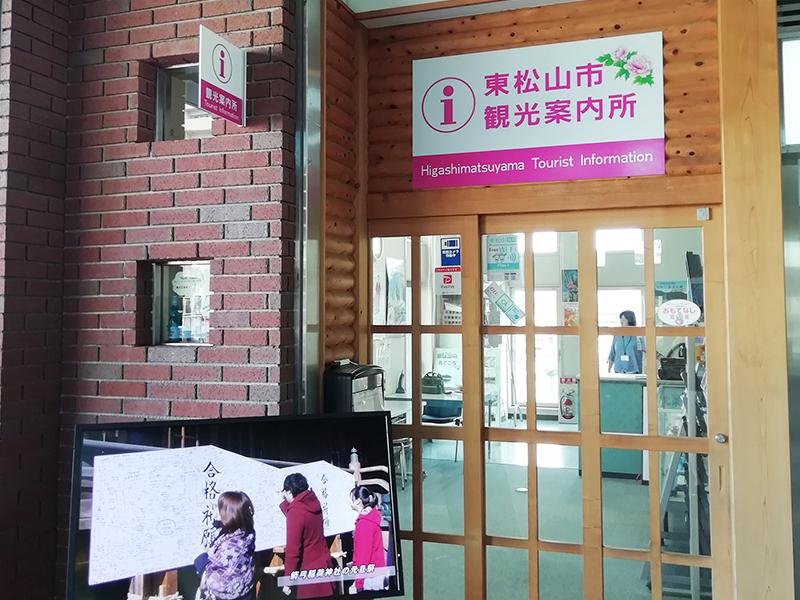
This tourist information center is located on the second floor of the station building adjacent to Higashi-Matsuyama Station. Here you can find pamphlets on sightseeing spots and city events, walking maps, and more. City mascot character goods and other local specialty goods are also available for purchase. A pamphlet rack is located in front of the ticket gates of Higashi-Matsuyama Station, allowing you to easily grab what you need on your way to the train.
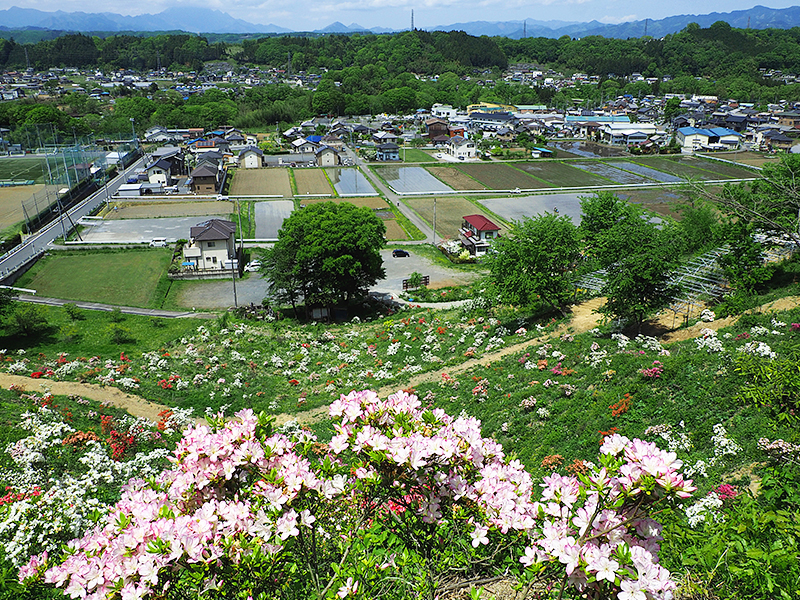
This small, charming hill of approximately 4 hectares has been maintained by local residents and volunteers as a gathering place to watch flowers bloom. Visitors can enjoy a carpet of greenery and mainly white flowers like out of a fairytale; over 6,000 flowers and trees that change from season to season. The town also collaborated with Musashino Art University for a joint project between government and academia to create three integrated artworks, adding even more charm to the park.

Built on the ruins of Iwatsuki Castle, this park has lush natural trails and wide, open spaces, and is a popular place of relaxation for the local people. There is also a tennis court, baseball field, playground equipment, a picnic area with a fountain, a pond covered by a vermillion-lacquered zigzag bridge, and a vintage Tobu Railway Romancecar "Kinu No.1" on display, making this park enjoyable for all ages! In the spring, the park is known for its 600 cherry blossom trees and the lively events it sponsors.

This is the largest poppy flower field in Japan, spanning about 12.5 hectares. At the Poppy Festival in mid-May, you can enjoy refreshments, regional vegetables, and of course, flower picking! The view of Mt. Fuji from under the Onari bridge by the Arakawa river, where the field can be found, is known as one of the best views of Mt. Fuji. A truly spectacular and scenic view of red, pink, and orange poppies blooming all around you.
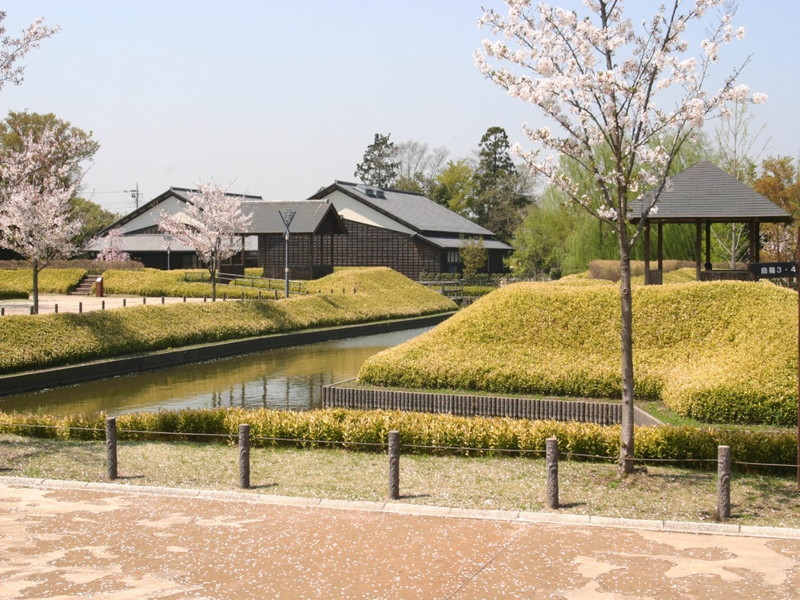
The Nanbata Castle Park Museum is located in the middle of a long and narrow park, straddled by divisions of east and west sides, with a replica of the Nanbata Castle in the "Shiroato Zone" on the east side, and relocated kominka (old residences) in the "Kominka Zone" on the west side. In the "Shiroato Zone" are the restored enclosure, water moat and earthwork mounds of the Nanbata Castle from the Sengoku Period. Visitors can enjoy the changing seasonal scenery of the water lilies and other wetland plants growing in the water moat. In the “Kominka Zone” are two relocated and restored early Meiji period private residences and the gate of a townhouse that are designated city cultural properties. Annexes such as a granary (kokugura), library (bunkogura) and barn (naya) were newly built to replicate Fujimi City's nostalgic farmhouse scenery. In the granary, visitors can watch videos about local performing arts and the restoration of the old farmhouses. The regional exchange facility, "Chokkura," is also connected to the building, where visitors can purchase local produce and souvenirs.
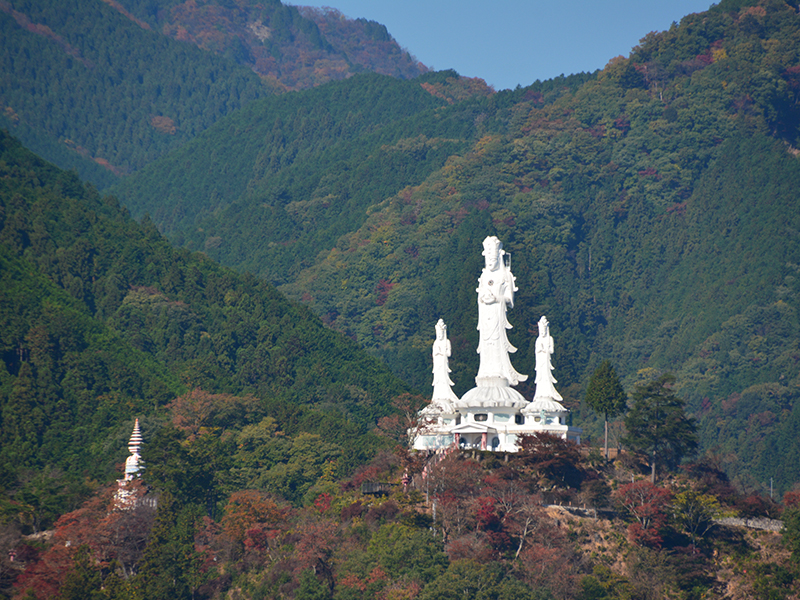
Selected as one the top 100 locations in Saitama, the Mt. Hakuun (Hakuun-san) Torii Kannon temple covers an area of around 30 hectares (the size of 6.5 Tokyo Domes) in Okumusashi/Naguri, where founder Yataro Hiranuma spent over 30 years erecting buildings in various places on the mountain. In addition to the symbolic Kusei Kannon (Goddess of Salvation) on the mountain summit, there is also the main hall, Gyokkamon Gate, Niomon Gate, Great Bell Tower, Heiwa Kannon (Goddess of Mercy), and notably the Genjo Sanzo Tower, famous for enshrining the remains of Genjo Sanzo, a Buddhist priest who appears in the famous Chinese novel "Journey to the West."
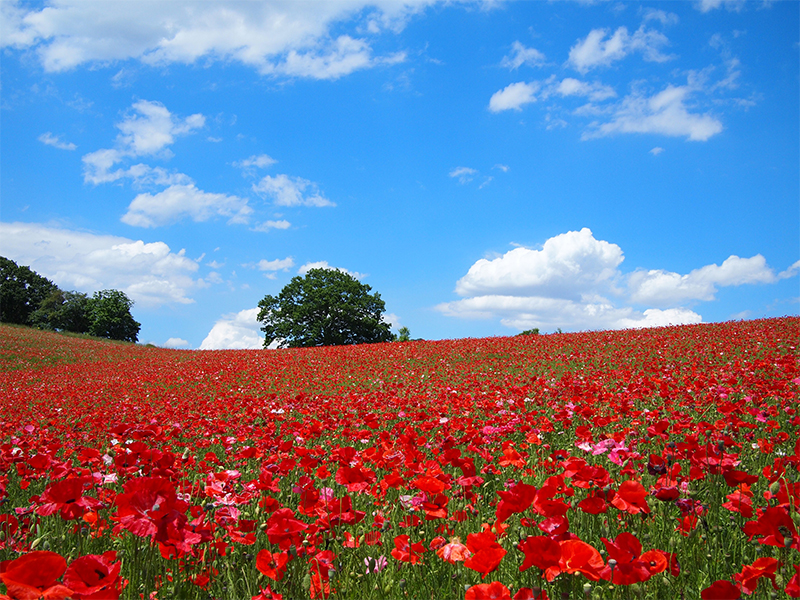
About 12 million poppies bloom in full on this vast slope 500 meters above sea level. The contrast between the red poppies and clear blue sky is a sight to behold. Coinciding with the peak bloom season, the "Poppies in the Sky" (Tenku no Poppy) event is held here, and local gourmet food and specialty products are available for sale. A temporary parking lot is also made available. We hope to see you there!
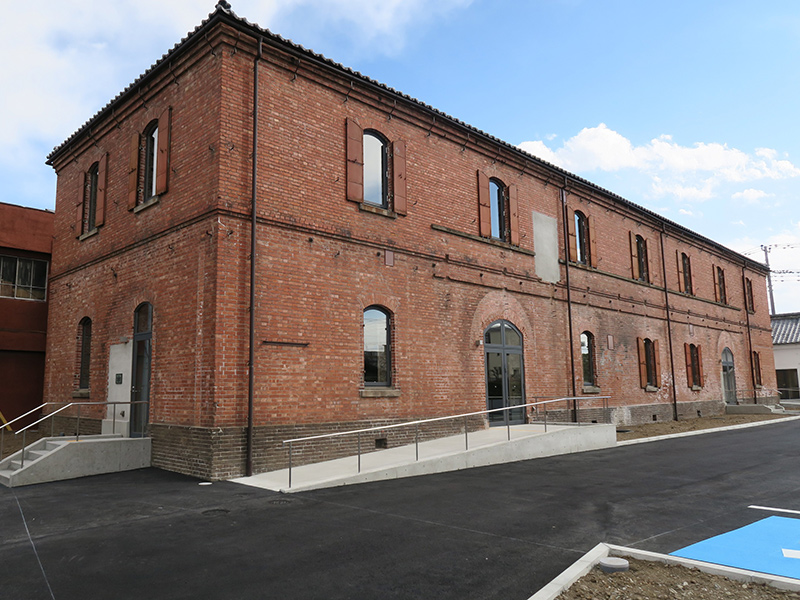
Built in 1896, this brick warehouse supported Honjō's silk industry with the storage of cocoons and silk. It is a nationally registered tangible cultural property.
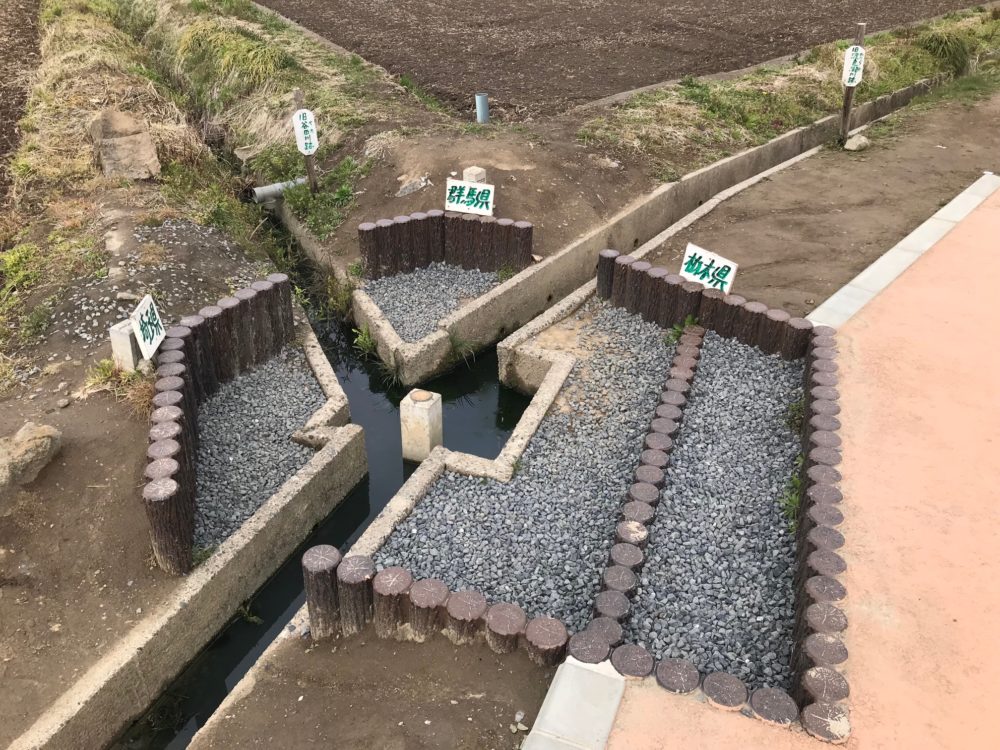
The Border of Three Prefectures straddles Tochigi Prefecture’s Tochigi City, Gunma Prefecture’s Itakura Town, Saitama Prefecture’s Kazo City (around the Kitakawabe region), and comes together at a rice field approximately 500 meters to the southeast of Roadside Station Kitakawabe. The Border of Three Prefectures was located inside the Watarase River, however during the restoration of the river during the Meiji and Taishō periods, the location was changed to the current river channel. From January to March of 2016, land measurements were carried out by Tochigi City, Itakura Town, and Kazo City and an old stake made from concrete, assumed to be installed prior, was discovered and confirmed as the true point of intersection of the three prefectures.
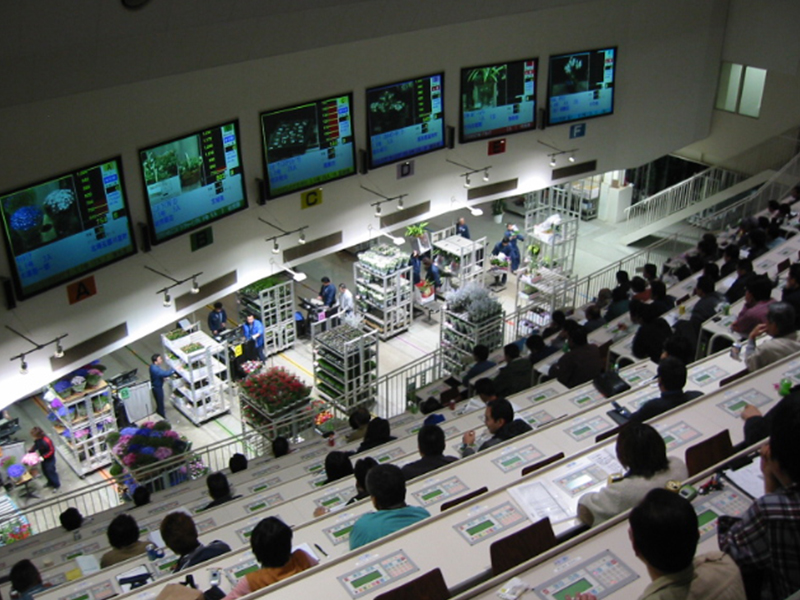
This is one of the largest flower markets in eastern Japan. There is a guided course through the market facility, allowing visitors to easily observe the auction (Monday/Wednesday/Friday). There is also a restaurant inside the facility.
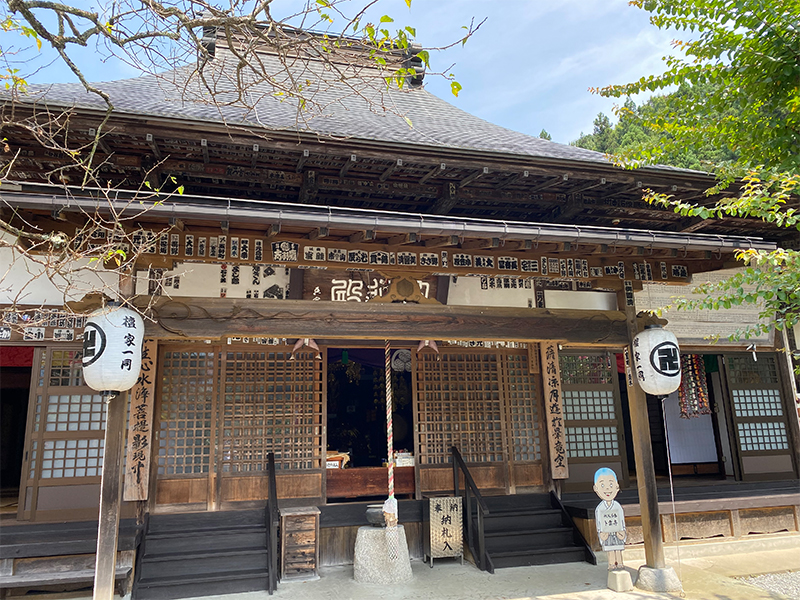
At Bokuunji Temple of Mt. Kōyō, also known as Oginodo, the main deity of Saint Kannon is said to have once stood on the summit of Mt. Bukō. Bokuunji Temple is also dedicated to rare items such as a Seiryoji-style Sakyamuni statue, a picture scroll of good fortune, and a tooth of Yamanba (a mountain witch). A magnificent view of Mt. Bukō is visible from the front of the temple.
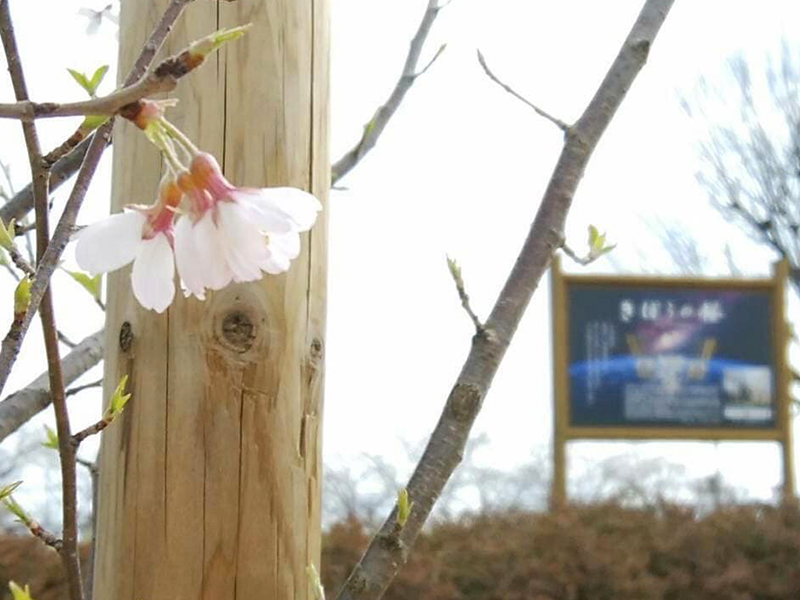
In 2008, cherry trees, which were sprouted from the seeds of the Jindai cherry tree in Hokuto City, Yamanashi Prefecture, traveled to space with astronaut Koichi Wakata, and were subsequently planted in Seki Park on April 6th, 2019 through the Kibou (Hope) Cherry Blossom Project, a project aiming to plant cherry trees in municipalities affected by the 2011 Tohoku earthquake and tsunami. The decision to plant the trees in Yoshikawa City was based on the children's communication with astronaut Kanai Yoshishige in space, the dispatching of staff to Iitate Village in Fukushima Prefecture, which was evacuated after the 2011 earthquake, and the desire to pass on an explanation of the damage caused by Typhoon Kathleen from 70 years ago to future generations. The Sakura Festival is also held at Seki Park every March.

Enshrining Susanoo-no-Mikoto, the god of the sea and storms, this shrine is known to protect against evil and plague. Inside the shrine is a lion mask called the "Hirakata Lion" which is popular with locals. Every year in July, a mysterious festival is held called "Doroinkyo." This festival is designated as an intangible folk cultural asset by Saitama Prefecture. The giant zelkova tree and enoki mushrooms within the precincts are designated as natural monuments by Ageo City.
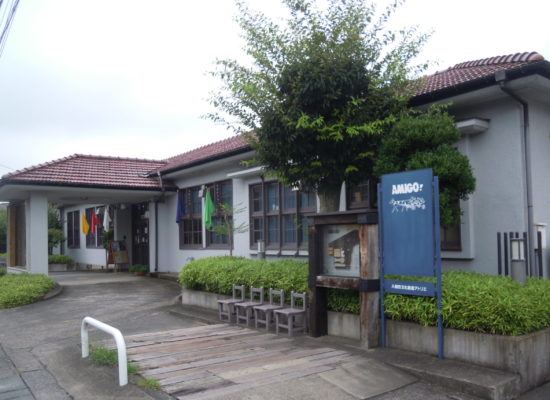
The Iruma City Cultural Creation Atelier is commonly known as “AMIGO!” In Spanish, "amigo" means “friend” or “fellow.” The name reflects the effort we put into providing enjoyable activities for everyone at our facility. The exclamation point emphasizes the sharing of information and forming of new friendships! We strive towards our goals with passion and a hard-working attitude, leading activities related to dyeing and textiles.
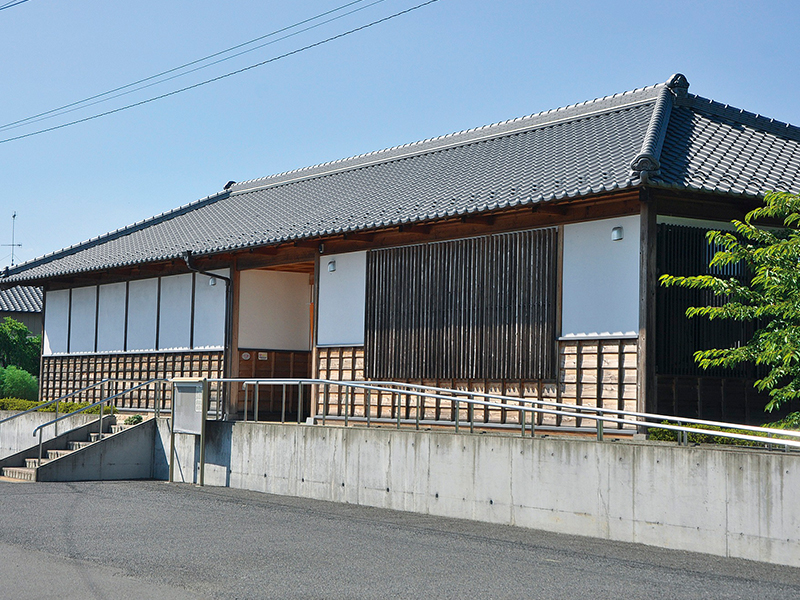
The Kumagaya Municipal Ogino Ginko Museum is dedicated to Ogino Ginko, the first officially licensed female doctor in Japan who passed the medical practice examination in 1885, one of the three great historical figures of Saitama Prefecture. The museum is a Japanese-style building with tiled roof and plastered walls partly covered in wooden siding built to resemble the Nagaya-mon gate of Ginko Ogino's birthplace, and is divided into an exhibition room and a lounge area.
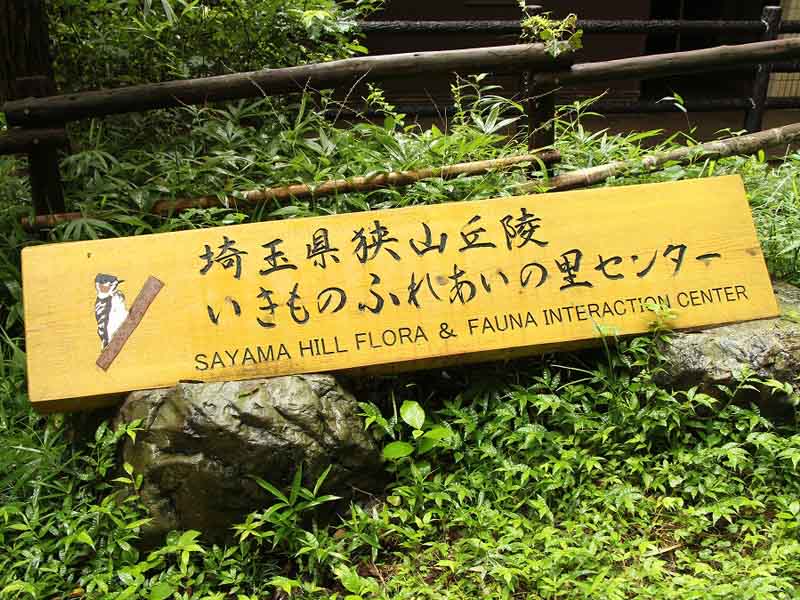
This facility utilizes the nature of Sayama Hills as an opportunity for us to interact with and think about our relationship to nature. There is an exhibition room, observation balcony, seminar hall, outdoor grilling space, and much more. There are also five themed spots on a hill adjacent to the center: Waterbird Paradise, Bug Forest, Wetlands Village, Tree Forest, and Butterfly Forest.
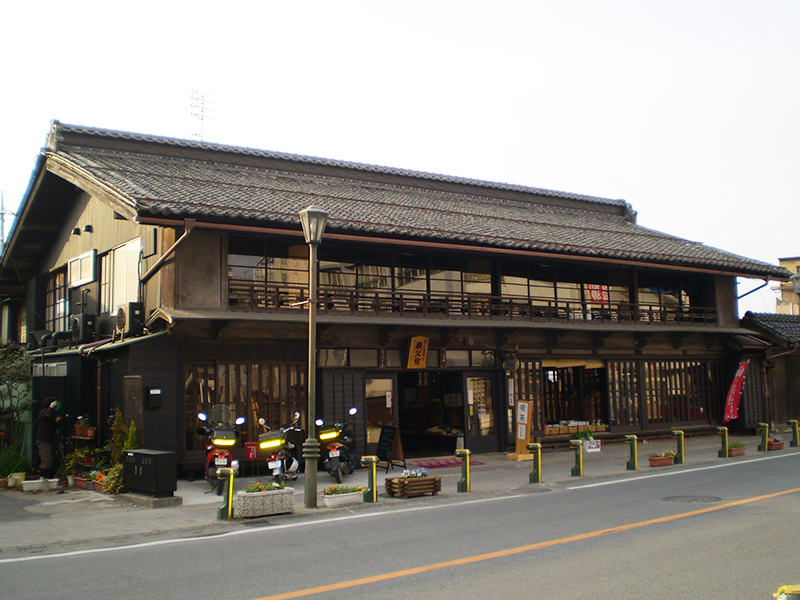
This facility is a center for socializing and tourism established in the early Meiji period merchant's inn, "Chichibu-Kan," which was renovated in a way to preserve its original appearance. The first floor is a free rest space with a large irori (sunken hearth) surrounded by rental boxes where citizens can display and sell their handicrafts and ceramics. Whether you're searching for tourist information or would like mingle with the locals, we hope you will visit Hot Spot Chichibu-Kan!
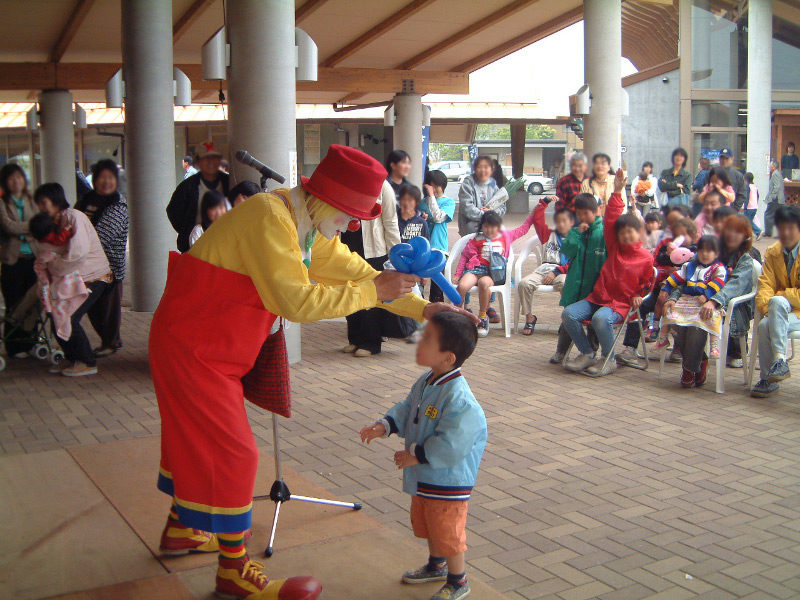
“Kiyasse Hanyū” is the nickname for Hanyū City Mitakaya agricultural and forest park. This park, with an area of roughly 3.6 hectares, has a flower-filled “Shiki no Oka” (four seasons hill), a production building selling local vegetables harvested fresh each morning, a beer factory that manufactures Hanyū’s local beer “Kobushi Hana Beer,” and a restaurant to enjoy handmade udon. Inside the park, there is playground equipment for kids, and events and vegetable harvesting experiences are held year round.
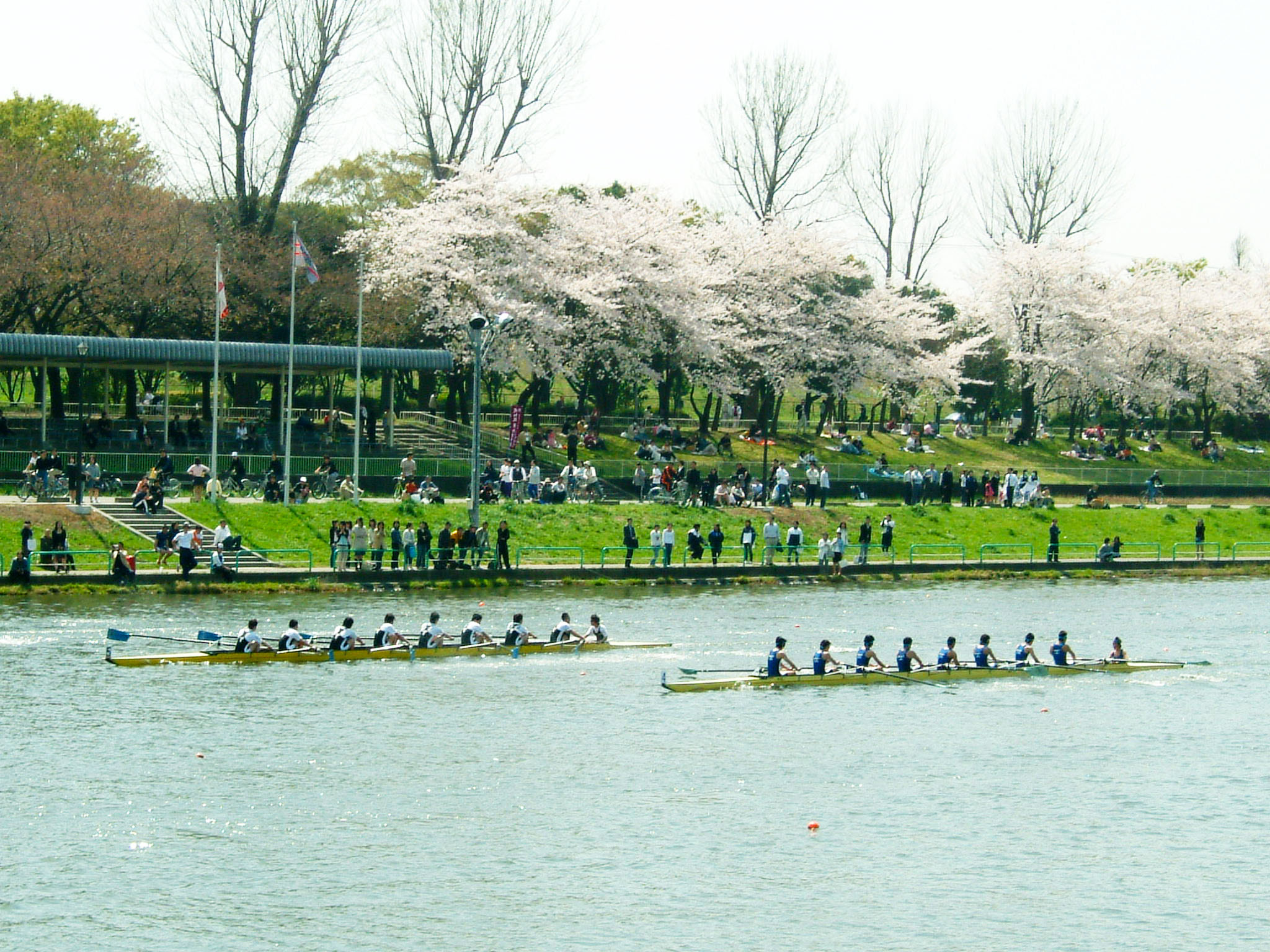
Toda Park was built between 1937 and 1940, centered around a rowing course which is the largest artificial still water course in Japan. Established as a city park after the 1964 Tokyo Olympics, it is used as a training area and competition venue for rowing, while also providing a relaxing environment filled with nature for the local citizens. The park is adjacent to the bank of the Arakawa River and also has an elevated plaza, flower beds, and lots of playground equipment, making it popular for not only its rowing course.
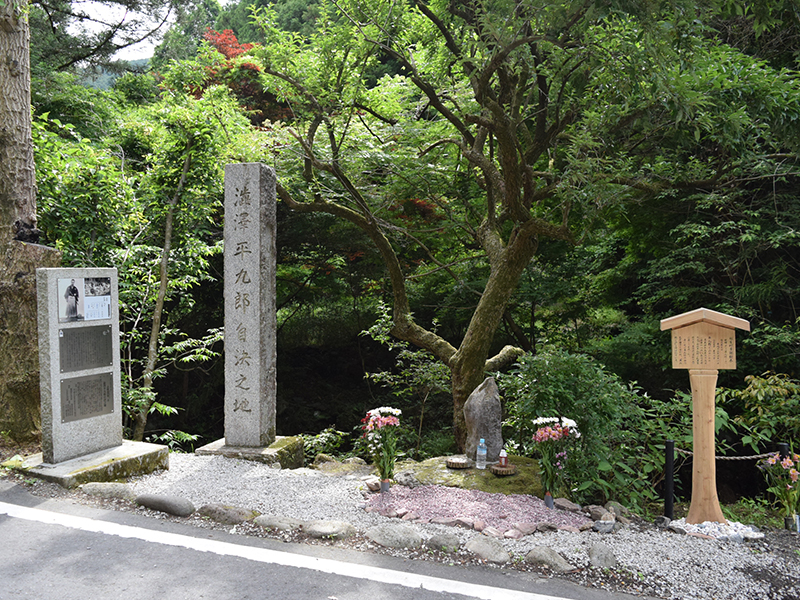
On May 23, 1868 (Keio 4), Heikuro Shibusawa, a member of the old shogunate army who was defeated in a battle with new government forces at Hanno, fled alone towards Kuroyama Village via the Kaoburi Pass. He encountered a patrolling scouting party and fought them alone, but was badly wounded and committed suicide (harakiri) while sitting on a rock on the river bank. Heikuro was a cousin, brother-in-law, and adopted son of Shibusawa Eiichi, the man known as the "father of Japanese capitalism," whose face appears on the 10,000 yen bill.
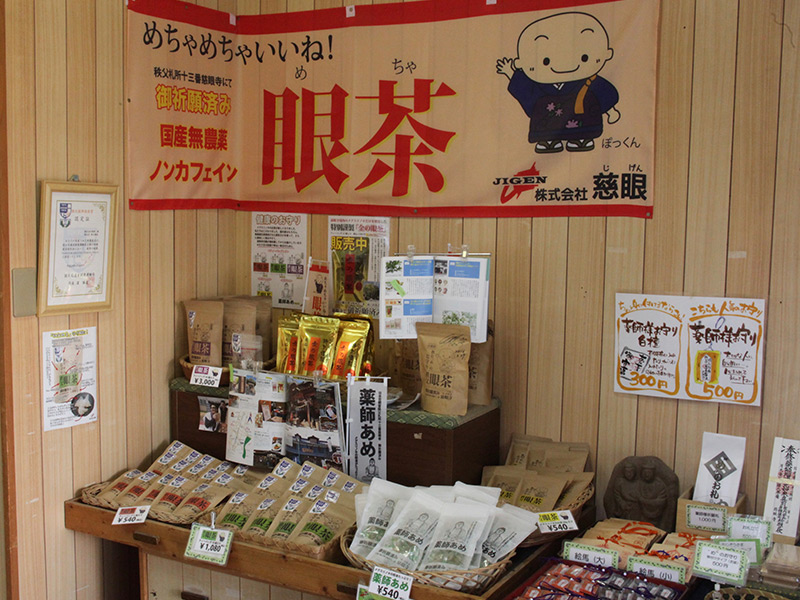
Jigenji is Chichibu’s 13th sacred site on Japan’s 100 Kannon Pilgrimage. It has been famous as a "temple for eyes" for 780 years. Worshippers come from all over Japan with worries and concerns regarding the eye.
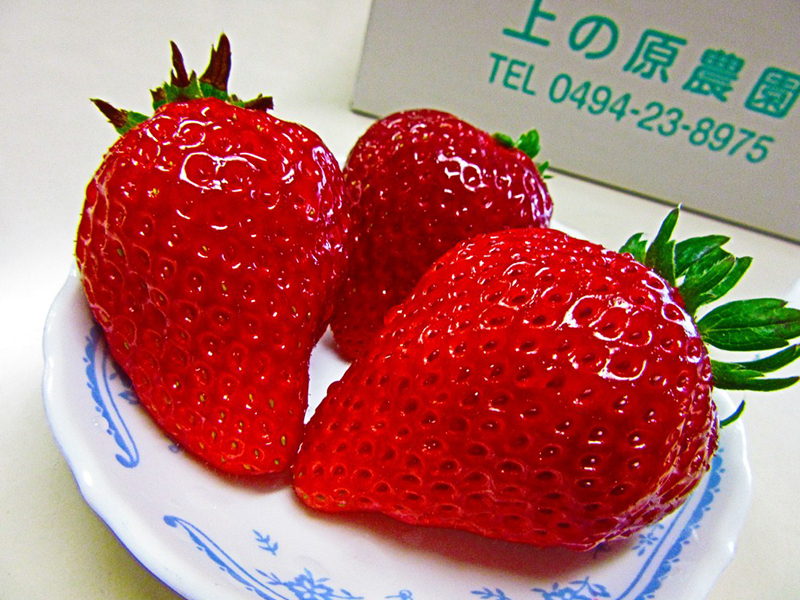
Enjoy the all-you-can-eat package at the farm, or pick and take the strawberries home instead! It's possible the all-you-can-eat will be finished depending on the season's harvest. All-you-can-eat varieties: Beni-poppe, Tochiotome, Yayoihime, Souvenir varieties: Amarin, Beni-poppe, Tochiotome, Yayoihime

This garden is located on a vast field of about 10,000 square meters behind the Nagatoro Town Folk Museum. The Japanese name "Hanabishisou" comes from the shape of the California golden poppy, which is said to resemble a rhombus ("hishi" in Japanese, read "bishi" in the name). In early summer, California golden poppies bloom all over the entire hill, and from May to June, the contrast between the deep blue sky and the vivid orange flowers is mesmerizing.
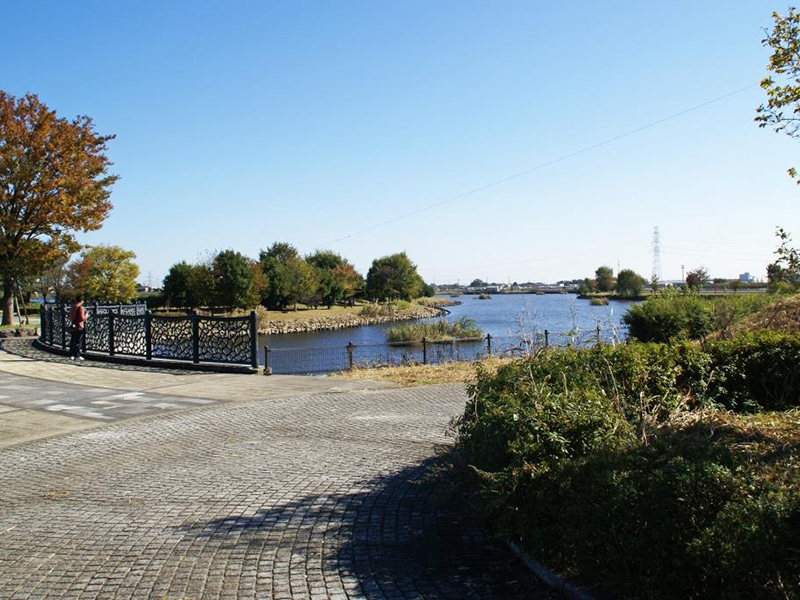
These marshes have been made more visitor-friendly through improving the habitat (biotope). A well-loved fishing spot, many people come to fish throughout the year.
This site uses cookies to improve the user experience. If you continue to browse, you consent to the use of cookies on this site. Accept
CONTACT
